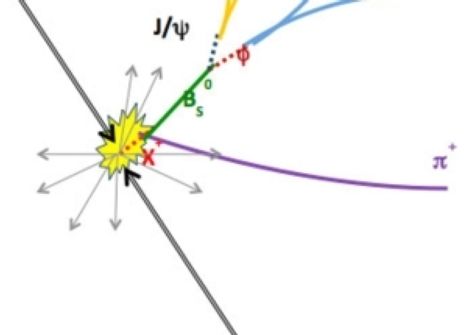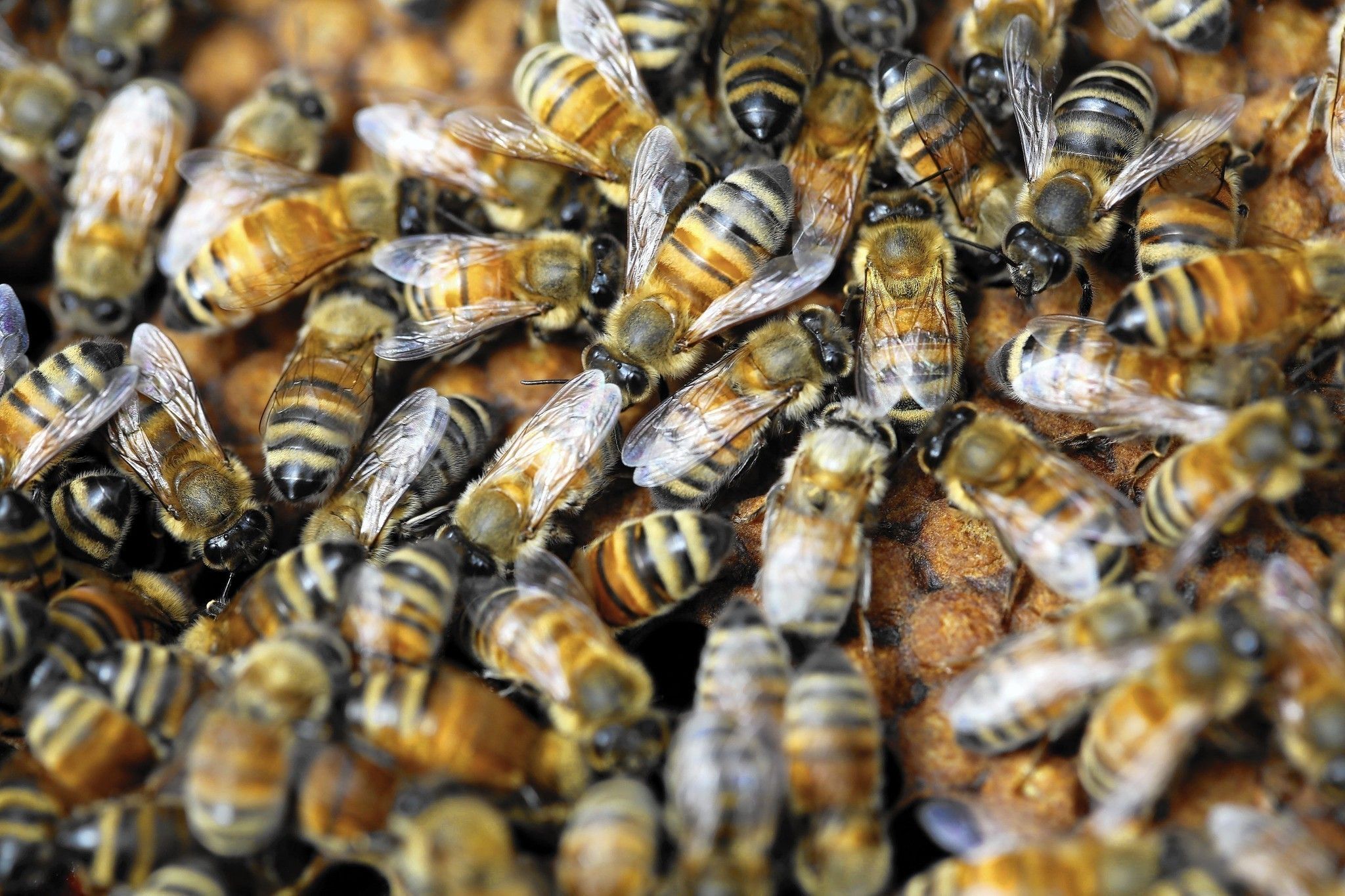Feb 26, 2016
Rare talent needed to predict 2016 stock market
Posted by Karen Hurst in categories: finance, futurism
Attention to all fortune tellers, tea leave readers, Shaman/ Shawoman, etc. Wall Street needs a new futurist to predict the 2016 Stock Market.
So far, 2016 has been the worst opening act in the history of the stock markets. The moving parts, and the speed at which they are changing is mind dulling. Predicting what is coming next will take a rare talent – if it does exist, it will likely be fleeting.
Investment success is really a combination of common sense, experience, and to some extent luck. Part of my plan going into the next 10 months is to review my investment thesis. In other words, define what I believed before they year began, so here goes.
Continue reading “Rare talent needed to predict 2016 stock market” »

















